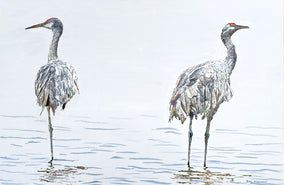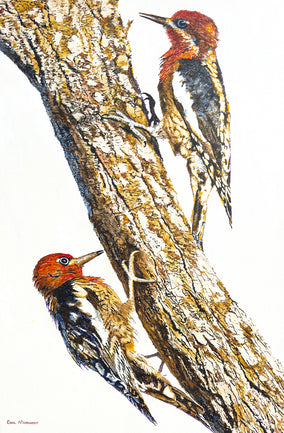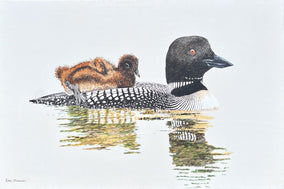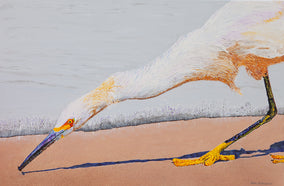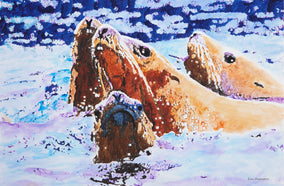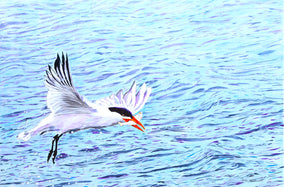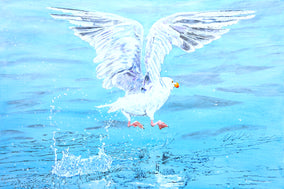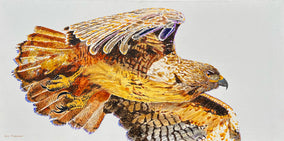Raven Skeptic
acrylic painting
on stretched canvas
Finished white edges
Ready to Hang
Signed on Front
2020
One-of-a-kind
x 1.5" d
24" h
x 36" w
6 lbs.
10 oz.
$1,925
Ships free
About this artwork
Ravens look highly intelligent, says artist Emil Morhardt. This one was slowly and purposefully striding back and forth about ten feet away, cocking its head and regarding me with what sure looked like skepticism. Rendered on a white background in blacks, blues, and purples.
Still looking? Browse these collections featuring Emil Morhardt's art
















